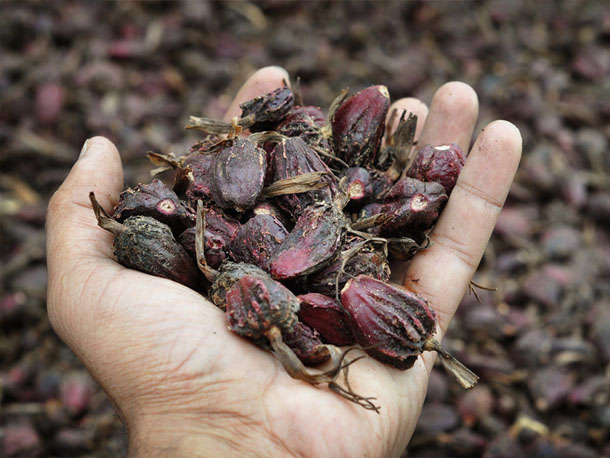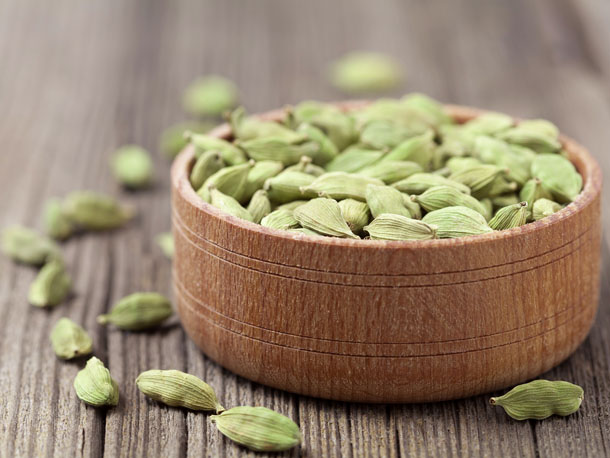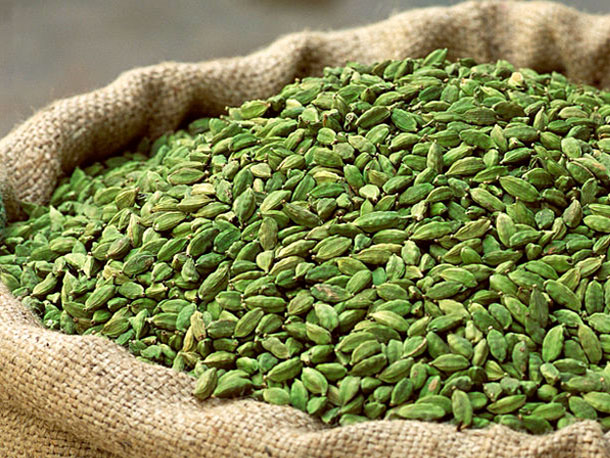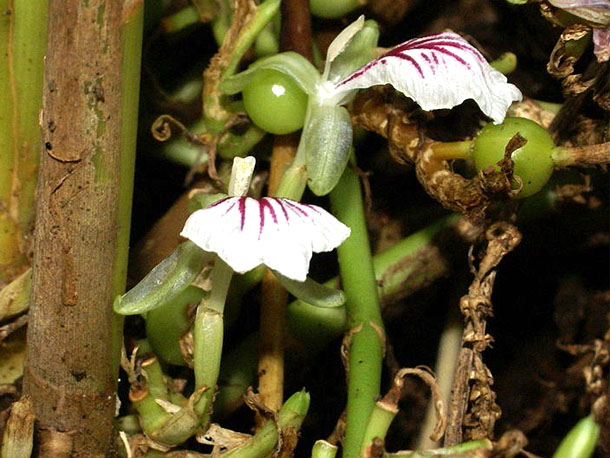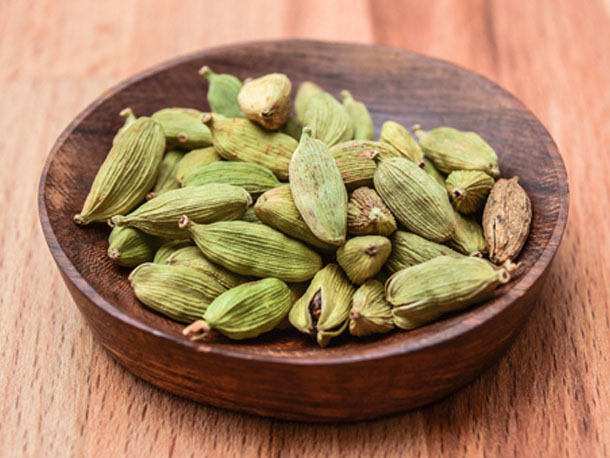Guatemalan cardamom feels the squeeze
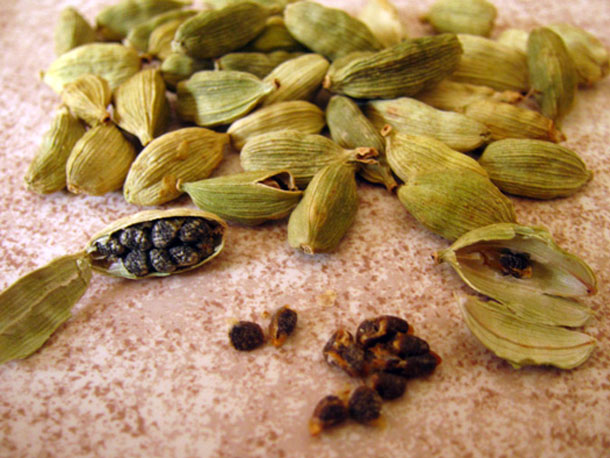
GUATEMALAN cardamom prices have sustained sharp increases over the last few weeks due to a general scarcity of material on the market.
On Monday, Andrew Barker of the trading division of UK company Natco Foods told that mixed yellow quality (MYQ) cardamom of minimum 360 grams per litre had escalated to current levels of around $8.00 a kg c&f main European ports from $5.10 a kg eight weeks ago. Mr Barker added that over the same period medium bold material had risen to around $11.00 a kg c&f from $8.50 to $9.00 a kg previously.
“That is because the traders are now realising that the crop is a lot smaller than they thought it was.
Some estimates are that the crop is around 16,000 tonnes, which is a lot smaller than the previous year, ” he explained. The downturn has been attributed to a decline in yields from long established plantings and a lack of new plants coming into production.
Marco Van Der Does of Rotterdam broker AVS Spice said: “It seems that farmers sold all the material and it is in the hands of traders/speculators. It is a bit unclear how much there is still in origin and whether it is traders there or abroad that are holding goods. However, it is scarce at the moment and prices are going up like crazy.” Mr Van Der Does said he had seen MYQs quoted at $7,800 a tonne c&f Europe compared with $7,400 a tonne a week earlier. He added that it is likely that the credit crunch is giving certain investors/ speculators a strong motivation to move out of high risk ventures such asproperty and into items where the volumes traded are relatively small and low risk, such as various spices like cardamom.
Mr Barker predicted: “This market could go a lot higher because the new crop of cardamoms is in October so there is a long way to go.” In addition, Middle East buyers have started moving in to take cover, which could put pressure on already dwindling supplies.
Meanwhile, Indian cardamom growers have warned that a prolonged dry spell and winds in the growing areas in Kerala will adversely affect the plants if it continues until the end of this month.
Growers told Business Line that current water resources will run out after February 20 so there will be major problems with the crop if there are no further rains after this date.

